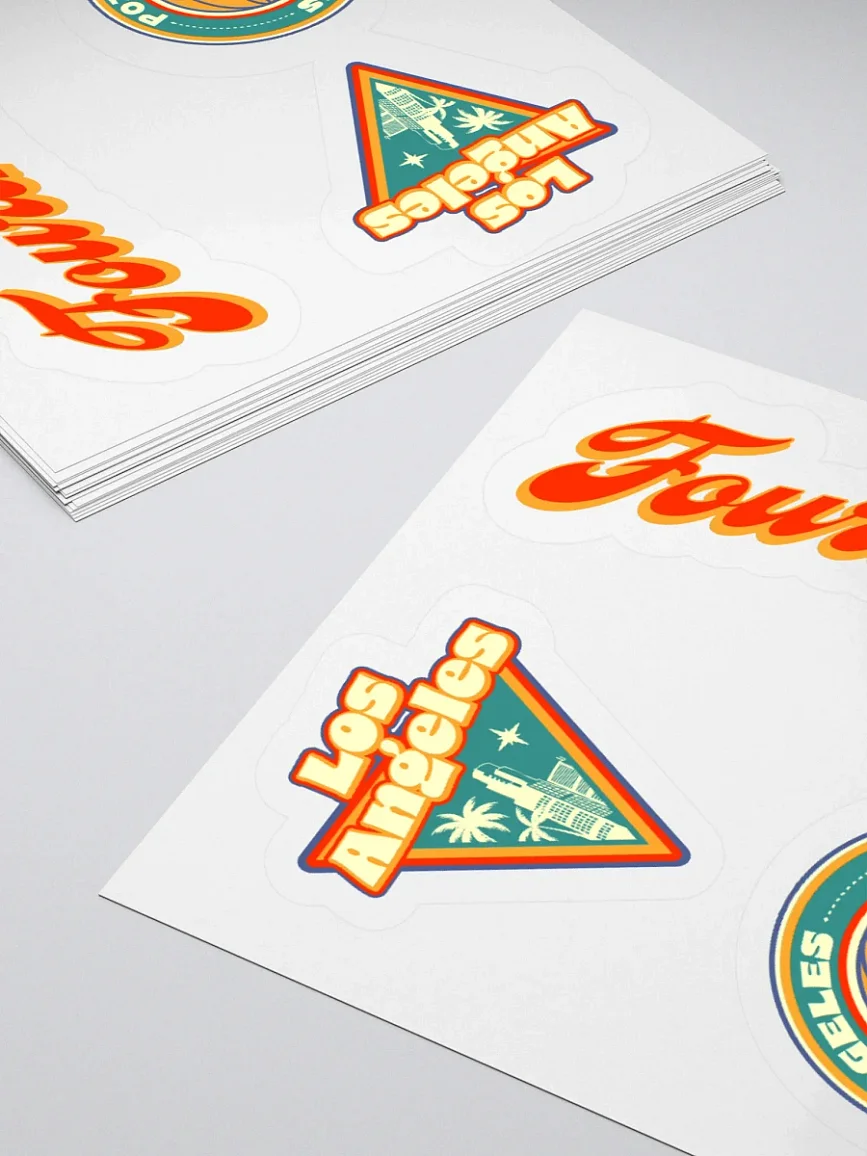Understanding Your Business Competitors

Running a business is a competitive venture, in which you’re surrounded by literal competitors that can affect your success. But by identifying, analyzing, and learning about your competition and how they relate to you, you can gain valuable insights into customer preferences, market and product trends, and potential competitive threats.
That all might sound very serious; but much like the “know your enemy” trope, to understand your competitors, you have to know your competitors. Knowing what your competitors are all about allows you to create strategies for working in the same market space as them, so that you have an equal or even better chance at business success!
Types of Competitors
A competitor is any business that offers similar products or services to your target market. Your competitors are doing exactly what it sounds like; they’re competing with you for attention, sales, customers, and resources.
Competitors also drive pricing strategies, influence market dynamics, and can force innovation. Within the basic definition of a business competitor are several categories; all of these should be taken into consideration when creating your strategies for your own business.
Direct Competitors
Direct competitors are businesses that offer identical or very similar products or services. Fast food restaurant chains McDonald's and Burger King would be considered direct competitors; these competitors are usually competing for the exact same customer base, in spite of slight shifts in branding or pricing.
Indirect Competitors
As your indirect competitors, these businesses offer alternative solutions to the same customer need or requirement. A coffee shop and a juice bar are indirect competitors; they both cater to consumers seeking a beverage, targeting the same customers but in different ways.
Replacement Competitors
Replacement competitors are products or services that might be in competition because they both serve as the solution to the same problem. One replacement competitor example might be taxis versus Lyft ride-sharing.
Product Competitors
Businesses that are product competitors offer similar products or services to your target market. Product competitors compete on factors like product features, pricing, branding, and quality; for instance, a beeswax candle maker vs. a soy candle maker.
Brand Competitors
These businesses compete directly with your brand, selling products or services that are nearly the same. They offer unique branding factors that will cause customers to choose between them, for instance pricing or brand perception. Design components often come into play in this category; eye-catching professionally-designed packaging vs. plain paper text packaging, for example.
Generic Competitors
These are businesses that are competing for the same consumer dollar within a range of products or services. These competitors are after the same customer's discretionary income; for example, a shopper looking for kitchen gadgets might be choosing between a microwave, an air fryer, or a SodaStream.
Why Is It Necessary to Identify Competitors?
Analyzing your competitors' strengths and weaknesses helps you pinpoint areas where you can improve your own business; and identifying your competitors through market analysis can help you understand the overall business landscape. Competitive analysis stats like market share, revenue growth, and customer retention can then help you benchmark your performance against your competitors, to identify potential opportunities or challenges.
By staying updated on industry trends and competitor activities through competitive analysis, you can adapt your strategies to stay ahead of the curve. Competitor analysis can also inform your strategic decision-making process.
For example, you might adjust your product development, pricing, or marketing strategies to differentiate yourself from certain competitors; you might also bring in an ecommerce site like Fourthwall as another selling outlet for your products/services, or to create custom merch to help promote your business. Knowing what’s going on around you helps keep you one step ahead!
How to Identify Your Competition
Conduct Market Research
Conducting market research generally takes a multifaceted approach. In first-person mode, you can run surveys, hold interviews, and host focus groups to gather first hand information from your target market.
Behind the scenes, you can read industry reports and market research studies, and further research by digging into online databases like IBISWorld to gain insights into your industry and competitors.

Leverage Online Tools
Google Search is an obvious, yet great place to start your competitor research - you can easily identify many of your competitors by searching for relevant keywords in your business niche. Keep an eye on social media platforms to track conversations about your industry and your competitors; and participate in online forums and communities to gather additional insights from both customers and industry experts.
Watch Your Competitors
Keeping a shortlist of businesses offering similar products or services to yours, aiming at the same target market, can better organize your competitor research so that you can watch for trends over time. Staying on top of your competitors in this way can also help you keep an eye out for new direct competitors or indirect competitors that may enter your market niche in the future.
Do SWOT Analysis
And once you’ve got that list organized (a Google spreadsheet is simple to manage and works well for this), consider conducting SWOT (strengths, weaknesses, opportunities, threats) analysis of your industry competitors. This can additionally help you better identify areas where you and your brand can compete and gain a competitive advantage.
Analyze Your Customers
Understanding your customers’ needs and what they’re looking for helps you tailor your products, packaging, and presentation to better suit those needs, as does understanding what they don’t want - and what they’ve chosen to buy from another vendor instead of from your business.
Analyzing your best and worst selling products can reveal your customers’ decision-making processes. Then you can use that information to fine-tune your brand against your competitors’ products and promotions.
Tools for Competitor Analysis
These tools can help you identify and analyze your competition:
- Google Alerts: Set up Google Alerts to monitor news and alert you to mentions of your competitors.
- Social Media Listening Tools: Tools like Brand24 and Hootsuite allow you to easily track social media conversations about your competitors.
- Competitive Intelligence Software: Invest in specialized software like SEMRush or AlphaSense to gather and analyze competitive intelligence.
But in the End, It’s Not All About Competition
While it's important to understand your competition, it's equally important to focus on your unique strengths and differentiate your business from others. Competitor research and market research are definitely important, but your own business foundation should still be focused on your products or services, branding (including a catchy and relevant company name), and good customer connections.
Provide quality goods/services, create a strong brand identity, focus on customer needs, and provide exceptional service - and then utilize the competitor data you’ve acquired to smartly promote your business in ways that will keep you ahead of the competition pack.
Stand Out with Fourthwall!

Ecommerce platform Fourthwall empowers businesses with plenty of tools to further distinguish themselves from competitors. By providing customizable websites and storefronts, seamless social media integration, branded promotional merch, and data-driven insights, Fourthwall helps businesses build strong brands to attract customers away from their competitors, and onward to business success. Get started with Fourthwall today!
















